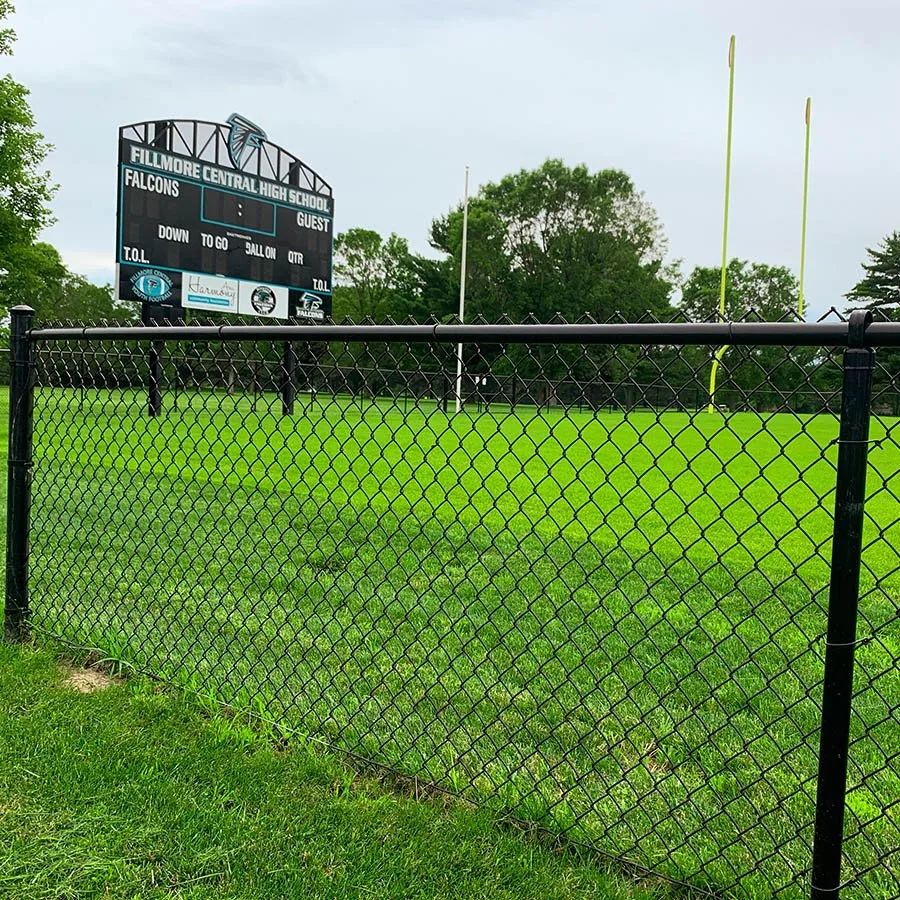Understanding Stair Treads Importance and Design Considerations
Stair treads are a critical component of any staircase, serving both functional and aesthetic purposes. The tread refers to the horizontal part of a stair where a person steps, and its design can significantly impact safety, comfort, and the overall look of a staircase. In this article, we’ll explore the importance of stair treads, considerations for their design, and tips for selecting the right material.
First and foremost, safety is paramount when it comes to stair treads. A well-designed tread can help prevent slips and falls, which are common accidents in homes and public spaces. Treads should provide ample surface area; the recommended depth for residential stair treads is typically around 10 inches, while commercial treads can be deeper for added stability. Furthermore, the use of slip-resistant materials is essential. Textured surfaces or the application of anti-slip coatings can enhance grip, particularly in high-traffic areas or environments prone to moisture.
Another important consideration is the rise-to-run ratio, which refers to the relationship between the height of the step (rise) and the depth of the tread (run). This ratio can significantly affect the comfort of ascending or descending stairs. Ideally, the rise should be about seven inches, with the tread depth creating a comfortable transition between steps. When designing staircases, it’s important to maintain consistent rise and run measurements to ensure a smooth experience for users.
stair tread

In addition to functionality, the aesthetic aspect of stair treads cannot be overlooked. The choice of material can add character to a space. Common materials for stair treads include wood, metal, and stone, each bringing its unique style and appeal. Wooden treads, for example, evoke warmth and elegance, making them a popular choice in residential settings. Metal treads, on the other hand, often lend a contemporary or industrial feel, ideal for modern designs. Stone treads offer durability and a timeless look, often used in outdoor or high-traffic settings.
Consideration of maintenance is also essential when selecting stair treads. High-traffic areas may require materials that withstand wear and tear better, while those in less frequented spaces might allow for more delicate designs. Additionally, treads should be easy to clean; materials that resist stains and damage, such as treated wood or certain composites, can save time and effort in maintaining their appearance.
Finally, when planning for stair treads, it's important to consider building codes and regulations, which often stipulate specific requirements for safety and design. Adhering to these codes not only ensures safety but also enhances the overall functionality of the staircase.
In conclusion, stair treads are a fundamental aspect of staircase design, intertwining safety, comfort, and aesthetics. By carefully selecting materials, adhering to design standards, and considering the intended use of the staircase, homeowners and builders can create safe and beautiful staircases that stand the test of time. As such, understanding the significance of stair treads is crucial for anyone involved in construction or home improvement projects.
-
The Best Metal Mesh Solutions: Expanded Aluminum Metal vs. Expanded Stainless Steel Metal
NewsSep.10,2024
-
Round Perforated Sheets vs. Hexagonal Perforated Sheets vs. Embossed Perforated Sheet Metal
NewsSep.10,2024
-
Perforated Metal Sheets
NewsSep.10,2024
-
Experience The Excellence Of Stainless Steel Grating
NewsSep.10,2024
-
Discover the Versatility Of Metal Mesh Expanded Forming Machines
NewsSep.10,2024
-
Discover The Advantages Of Steel Grating For Sale
NewsSep.10,2024
Subscribe now!
Stay up to date with the latest on Fry Steeland industry news.

